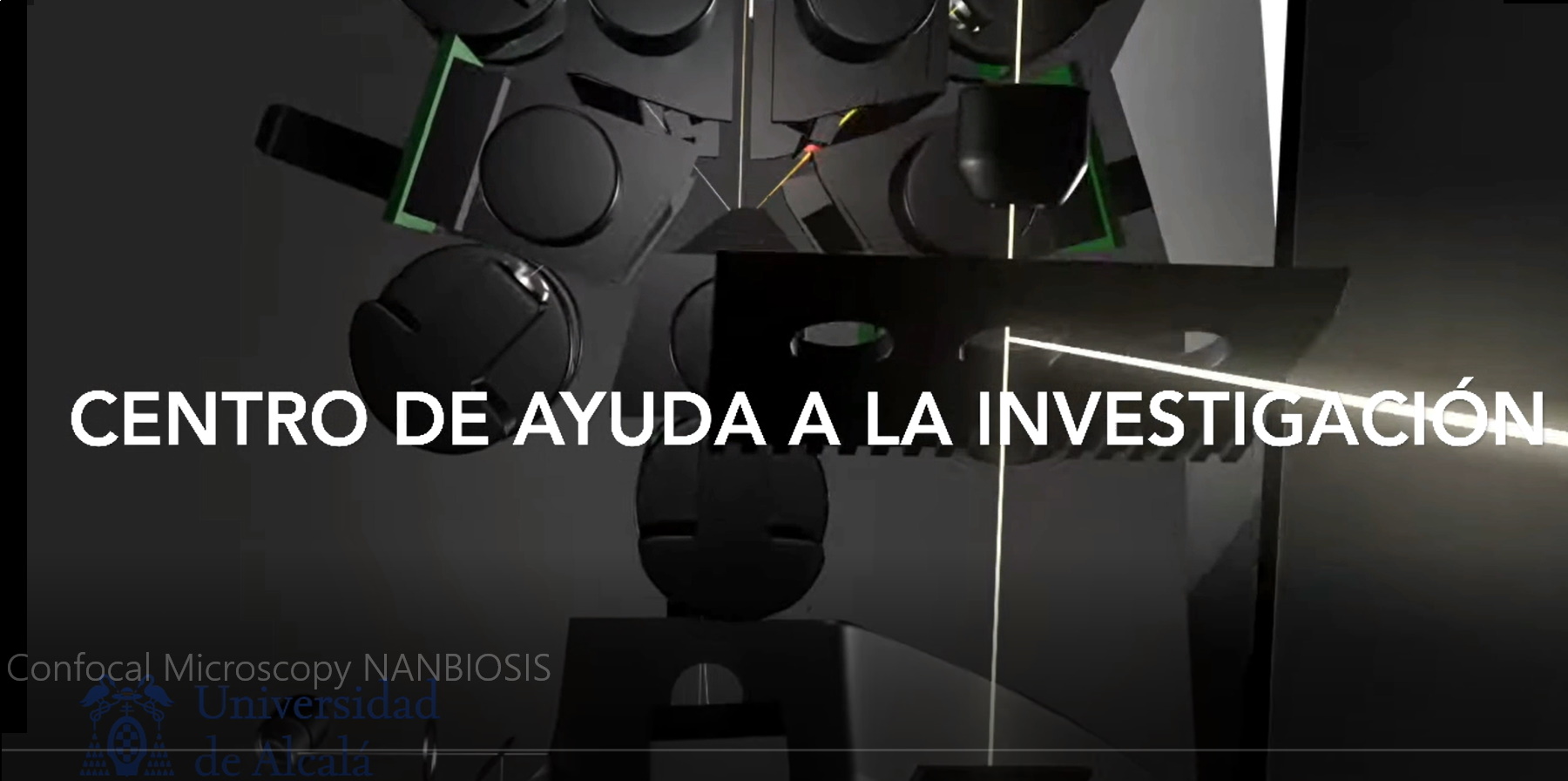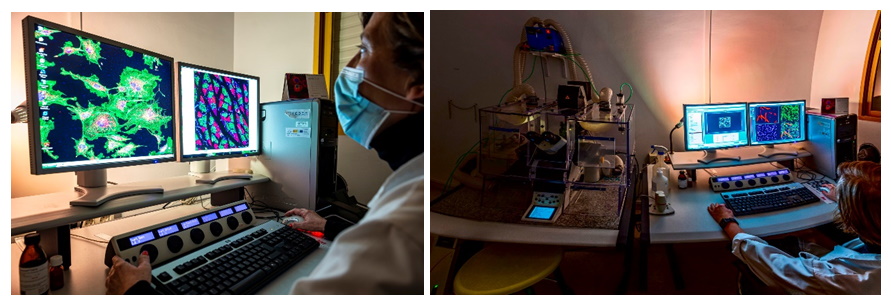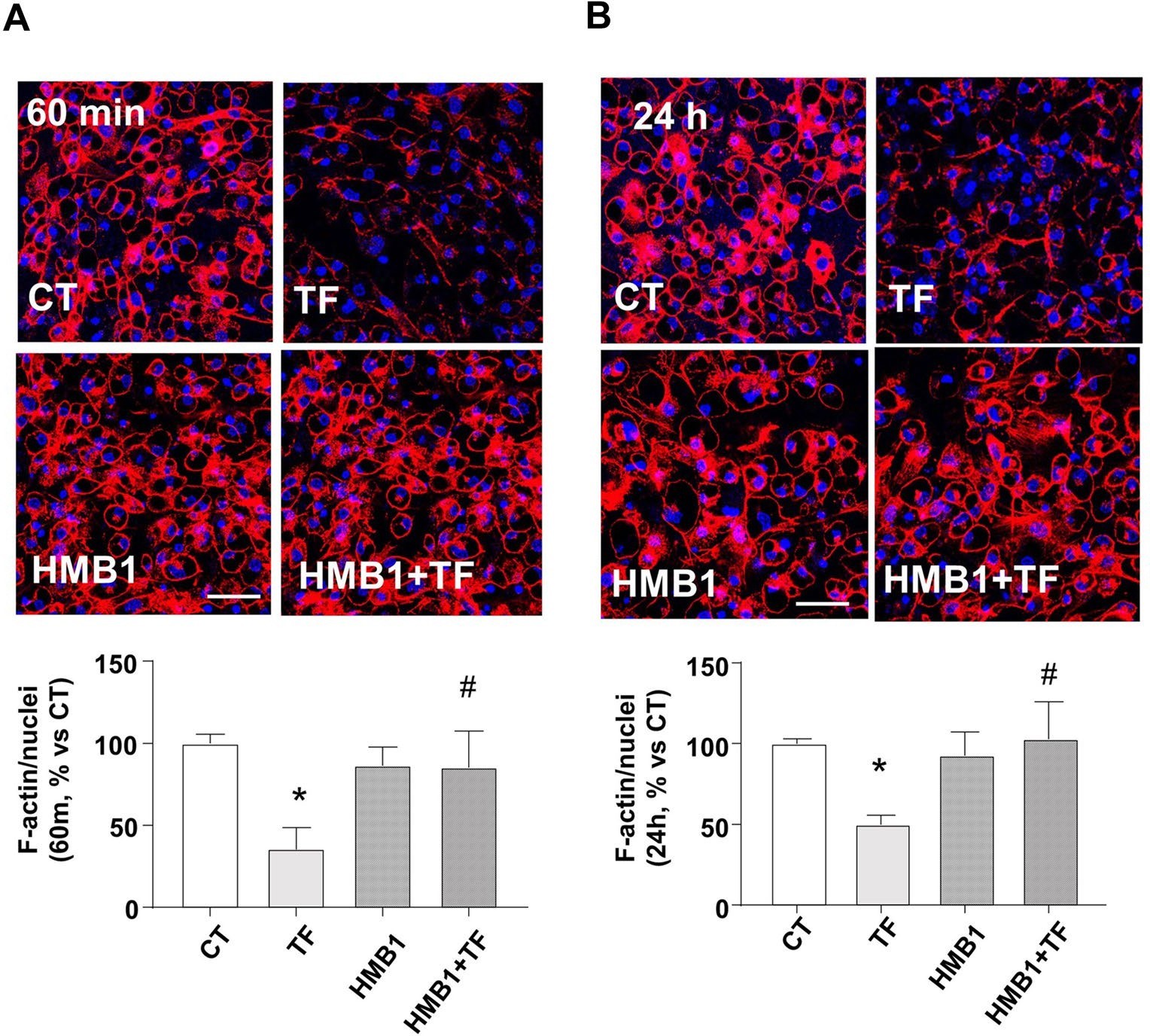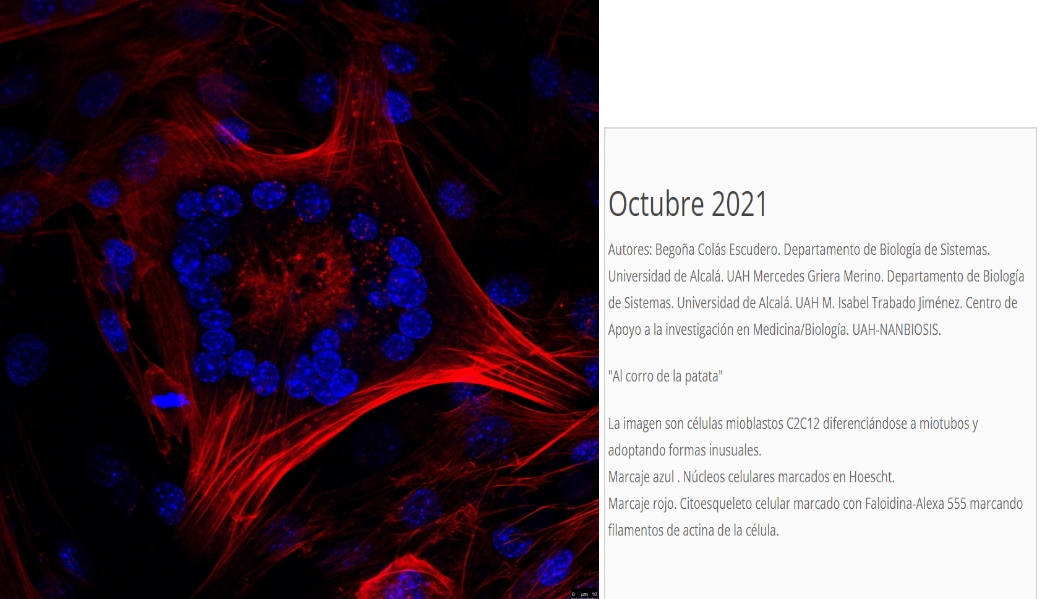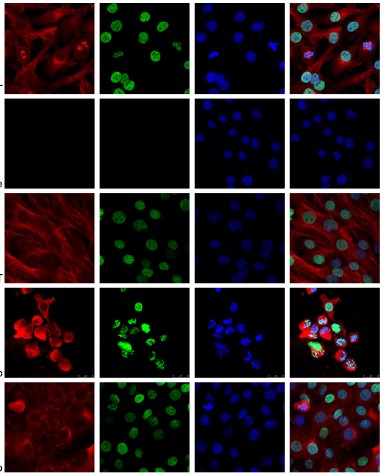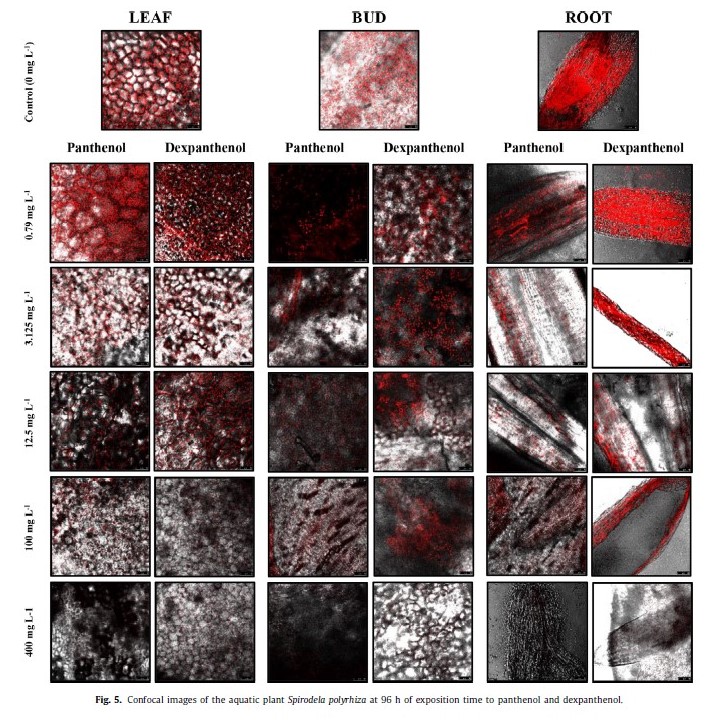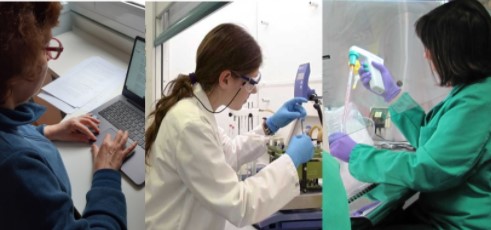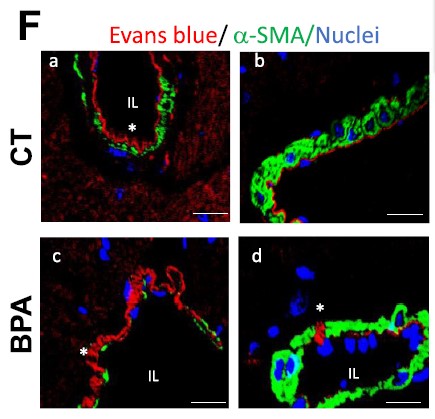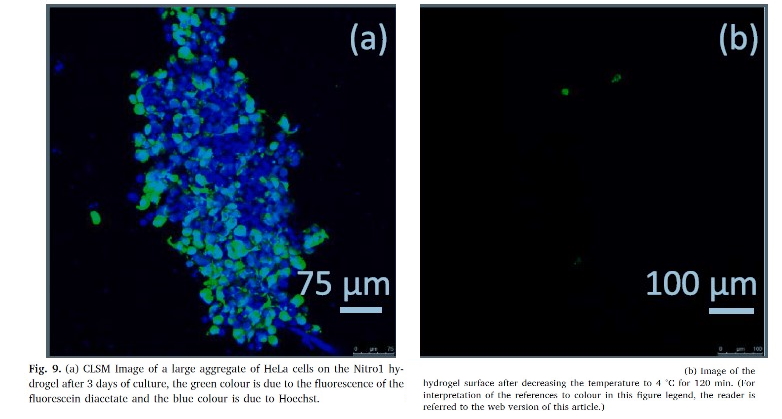How to accomplish researchers’ goals with Confocal Microscopy: the tools, the know-how and the expertise you need
NANBIOSIS Unit 17 (Confocal Microscopy) is a CIBER-BBN unit located in the Cell Culture Unit, CAI Medicine and Biology, Faculty of Medicine at the University of Alcala. This unit of the ICTS NANBIOSIS supports researchers interested on their different studies visualizing diverse samples as tissues, cells, bacterial biofilms, etc. This unit owns the tools, the know-how and the expertise to accomplish researchers’ goals either by transmission or reflection fluorescent.
We are happy of sharing this video in which researchers of Unit 17 show all the steps required for the visualization of the PV-1 molecule, also known as PLVAP, on the gut-endothelium of cirrhotic rats. We look at the whole process, starting by the sample selection following their preparation until its visualization by the confocal fluorescent microscopy, ending up with the analyze process.
